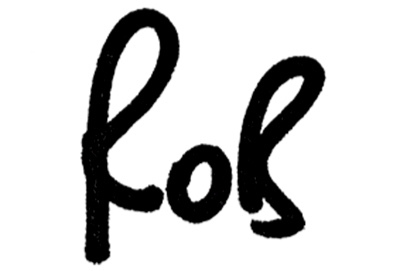How to build - and define - a Design Organisation at scale that makes sense to HR
If you’ve moved beyond hiring one or two designers in your org then you’ve begun to add complexity and additional hierarchy. Managing this transition is actually pretty tough - there are a lot of hierarchical job titles one can apply that imply progression, but most instigated design hierarchies fail to address things like skill acquisition or long term career development. Most importantly they fail to address that in creative roles there is a clear difference between leadership and management - and in creative roles, there is usually a healthy mix of natural contributors and natural managers. Design is one profession where some of the greatest talent will actively avoid people management to preserve their contributory ability, and because of this there is a very clear need to define leadership not in terms of management, but in terms of expertise and mastery.
I’ve come to remove traditional hierarchies based around management from my teams, preferring instead to create defined skills to master. Mastering these defined skills allows progression, and those skills can be gained through broader personal management or through personal contribution.
I’ve reduced these core skills down into 9 definitions, within which there are some layers (such as leadership), and it maybe that your org may have multiple layers in some core skills and not in others depending on the kind of design you execute.
These skills are learned in order (for example an inexperienced designer would begin by mastering ‘discovery’ and ‘execution’ before moving on to ‘strategy’) and can be used to define incoming candidates, but also to track career performance and progression of existing staff and even allow you to align this progression to renumeration.
For example you can apply it like this:
Product Designer - Level One - $80K
Discovery + Execution
Product Designer - Level Two - $85K
Discovery + Execution + Strategy
Additionally I’ve found using these skills as benchmarks replaces ‘time in role’ as a defining factor in renumeration or progression. This has been largely positive, allowing teams to promote high performing talent at the correct speed to prevent talent turnover - we should be progressing and pushing someone with the skills and talent rather than blindly progressing purely through time on the clock. For those who use headhunters or recruiters, I’ve found these skill definitions to be a quick and easy way of defining the standard of candidate needed by a hiring manager - especially when it’s used consistently.
Here, in order or progression are those skills and their associated definitions. They’re still a work in progress, but do feel free to give feedback on them.
The Core Skills in a Design Org
1. Discovery
The ability to use discovery tools and frameworks to understand and define the problems which have been identified.
2. Execution
The ability to create and build suitable flows, visuals, behaviours and interfaces that are the solution to the problems defined in Discovery.
3. Strategy
The ability to abstract from the defined problem, define the validity of said problem, and validate hypotheticals against relevant user research and the broader global business requirement.
4. Communication
The ability to build stories and brands beyond the user flows, maintaining consistent and trustworthy environments that are both digital and non-digital in their Execution.
5. Operations
The ability to build, create and manage service design aspects which create solutions beyond product level problems, functions that change team or company dynamics, ways of working, or ways of scaling.
6a. Leadership (I)
The ability to mentor, train or lead teams, squads, cross-team groups and thought processes.
6b. Leadership (II)
The ability to mentor, train or lead teams, squads, cross-team groups and thought processes and transfer this to other teams in the wider org. This may also involve People Management.
6c. Leadership (III)
The ability to mentor, train or lead teams, squads, cross-team groups and thought processes and transfer this to the global org changing and improving behaviours, processes and the understanding of design. This may also involve People Management.
6d. Leadership (IV)
The ability to mentor, train or lead teams, squads, cross-team groups and thought processes and transfer this to the global org changing and improving behaviours, processes and the understanding of design, including technical systems, information architecture and service layers. This may also involve People Management.
6e. Leadership (V)
The ability to mentor, train and lead teams, squads, cross-team groups and thought processes and transfer this to the global org changing and improving behaviours, processes and the understanding of design, including technical systems, information architecture and service layers beyond executional teams and squads, but rather into other departments, such as Sales, Operations, Development, and Growth. This may also involve People Management.
7. Guardianship
The ability to own experientially - and tonally - a range of product verticals with the ability to defend and communicate said experiential and tone to the broader business, partners and external agencies. The ability to become the ‘guardian’ of the product architecture / multiple brand architectures.
8. Authorship
The ability to speak, write, create and curate across all experiential and UX touch points, accurately on behalf of multiple brands and their stakeholders. The ability to become the ‘voice’ of the user and to use this voice to speak freely to develop future conversations, flows, experiences and stories, - all while gaining the trust of owners, partners and stakeholders to do so.
9. Governance
The ability to govern, protect, project and continually reassess both the Guardianship and Authorship employed across a range of product verticals and to ‘steer’ products, brands and stories using this knowledge to maintain relevance, competitive advantage, alignment to trend, alignment to research and alignment to best-in-class execution. Deep level research and the resulting working knowledge into demographic, alignment and distribution is something which is essential to governance and allows for complete ownership of stories and experiences whatever the product vertical or business requirement.




